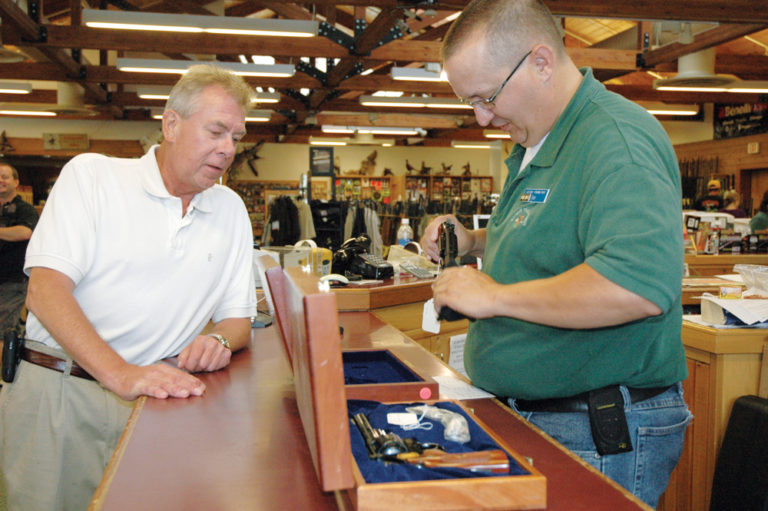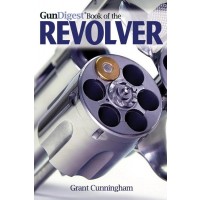

How Often Will You Shoot?
In one sense, this is related to the last question: the more the gun hurts, the less you’ll want to shoot the thing. If this is a gun that you’re going to carry to defend yourself, I (and most other defensive shooting instructors) would wholeheartedly encourage you to practice and train with that gun regularly. If you don’t, or worse yet can’t, train with it often, you’ll be at a serious disadvantage when you really need to use it.
How much you actually shoot the gun also has a large bearing on the longevity of your revolver. A wheelgun that ends up shooting a lot of rounds over its lifetime will experience more wear than a gun which is shot only occasionally. It’s those very lightweight revolvers, the ones made from light alloys, that tend to wear more quickly than their exact-sized steel versions.
Part of that is due to the higher recoil impulse of the lighter gun, which hammers parts more than the lower recoil of the heavier models. It’s also because the alloys used in their manufacture are less robust in some respects than steel. Those materials deform easier and are generally less resistant to wear than steel. A lightweight revolver with a high round count will generally require more maintenance, or even outright replacement, sooner than a steel example will.
If you plan to shoot it a lot, a steel gun will last longer than an alloy version.
How Big Are Your Hands?
One of the big advantages of the revolver is the fact that the grip panels aren’t just replaceable, but also available in varying sizes. It’s generally not a problem to fit grips to a revolver to make it a little easier for larger or smaller hands to operate. Yes, some autoloaders now have this feature, but they still don’t have the sheer range of adjustment that the revolver does.
There are limits to everything, however. Small guns and large hands are always a problem, as finding a place for the thumbs proves difficult on very compact revolvers. The worst combination, however, is the person with small hands and a revolver whose trigger reach is too long. If the size mismatch can’t be fixed with narrower grips, the shooter is never going to be as efficient as he or she could be. In some cases the only choice is to go with a smaller framed (and usually smaller capacity) wheelgun.
When it comes time to begin shopping for your next revolver, be sure you go to the gun counter and try out several models. Some ranges may even have different models you rent and shoot. Pay close attention to the fit of the gun you choose.
If it’s too large you might be able to compensate a little with grips. If the gun is too small, it’s easier to take up room with bigger grips, but you might have other fit-related issues. Pay close attention as the fit will have a large bearing on how well you shoot the gun.
And remember — you can always buy more than one revolver to carry depending on the situation.
This article appeared in the February 11, 2013 issue of Gun Digest the Magazine.
Recommended Revolver Resources
 Gun Digest Book of the Revolver
Gun Digest Book of the Revolver
Gunsmithing Pistols & Revolvers

![Best Concealed Carry Guns In 2025 [Field Tested] Wilson Combat EDC X9S 1](https://gundigest.com/wp-content/uploads/Wilson-Combat-EDC-X9S-1-324x160.jpg)


![Best 9mm Carbine: Affordable PCCs [Tested] Ruger Carbine Shooting](https://gundigest.com/wp-content/uploads/Ruger-Carbine-Shooting-100x70.jpg)
![Best AR-15: Top Options Available Today [Field Tested] Harrington and Richardson PSA XM177E2 feature](https://gundigest.com/wp-content/uploads/Harrington-and-Richardson-PSA-XM177E2-feature-100x70.jpg)
